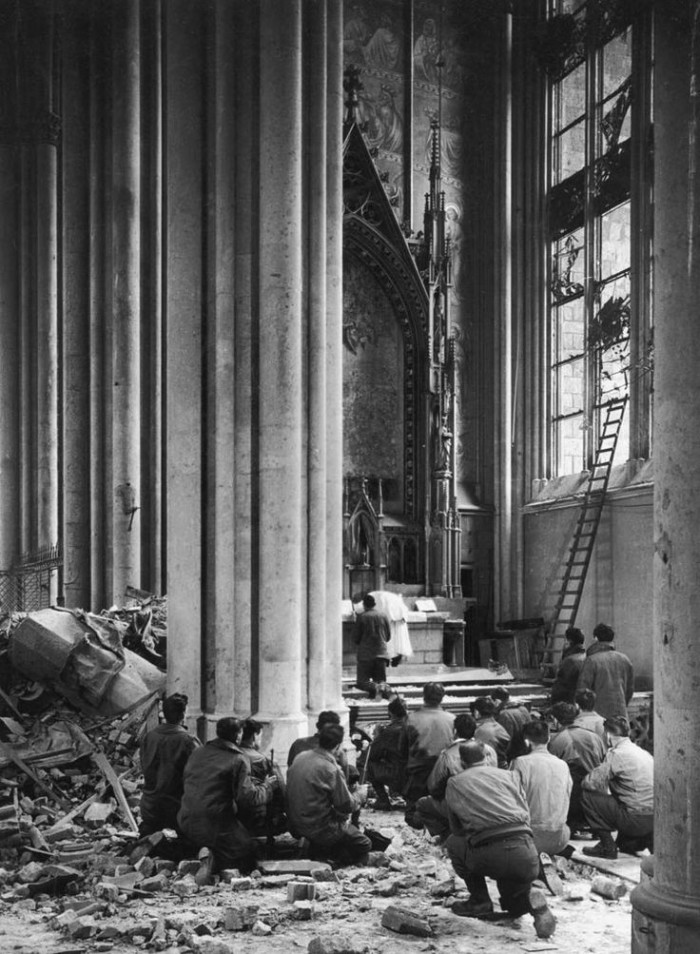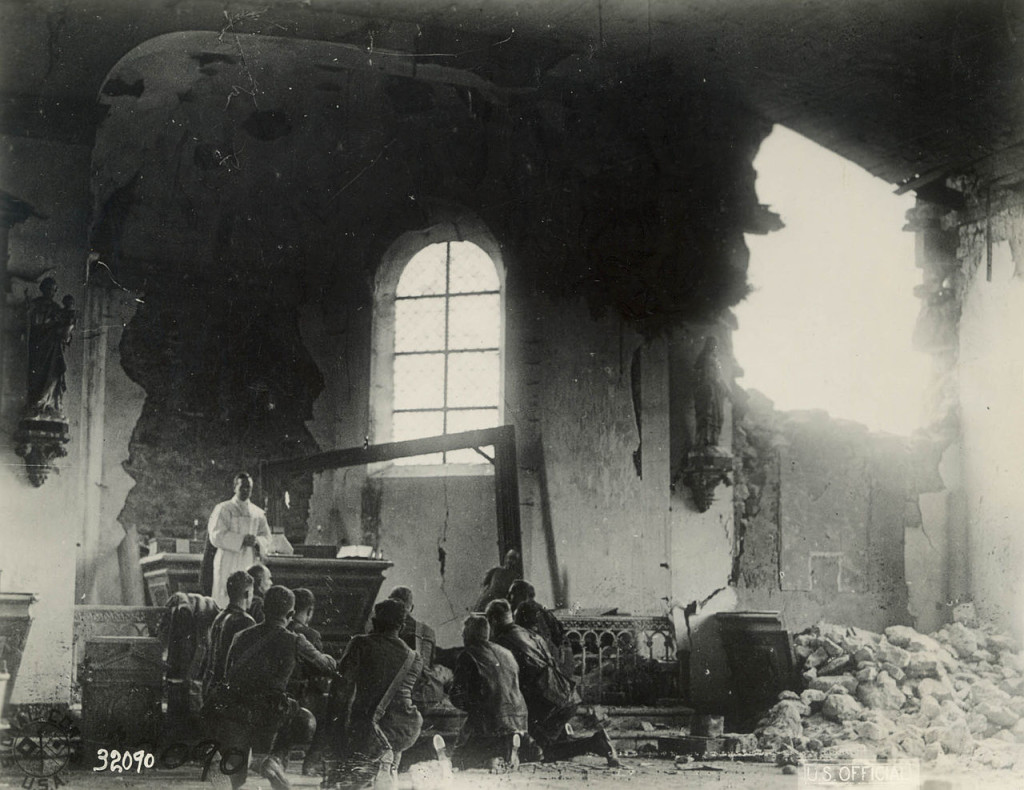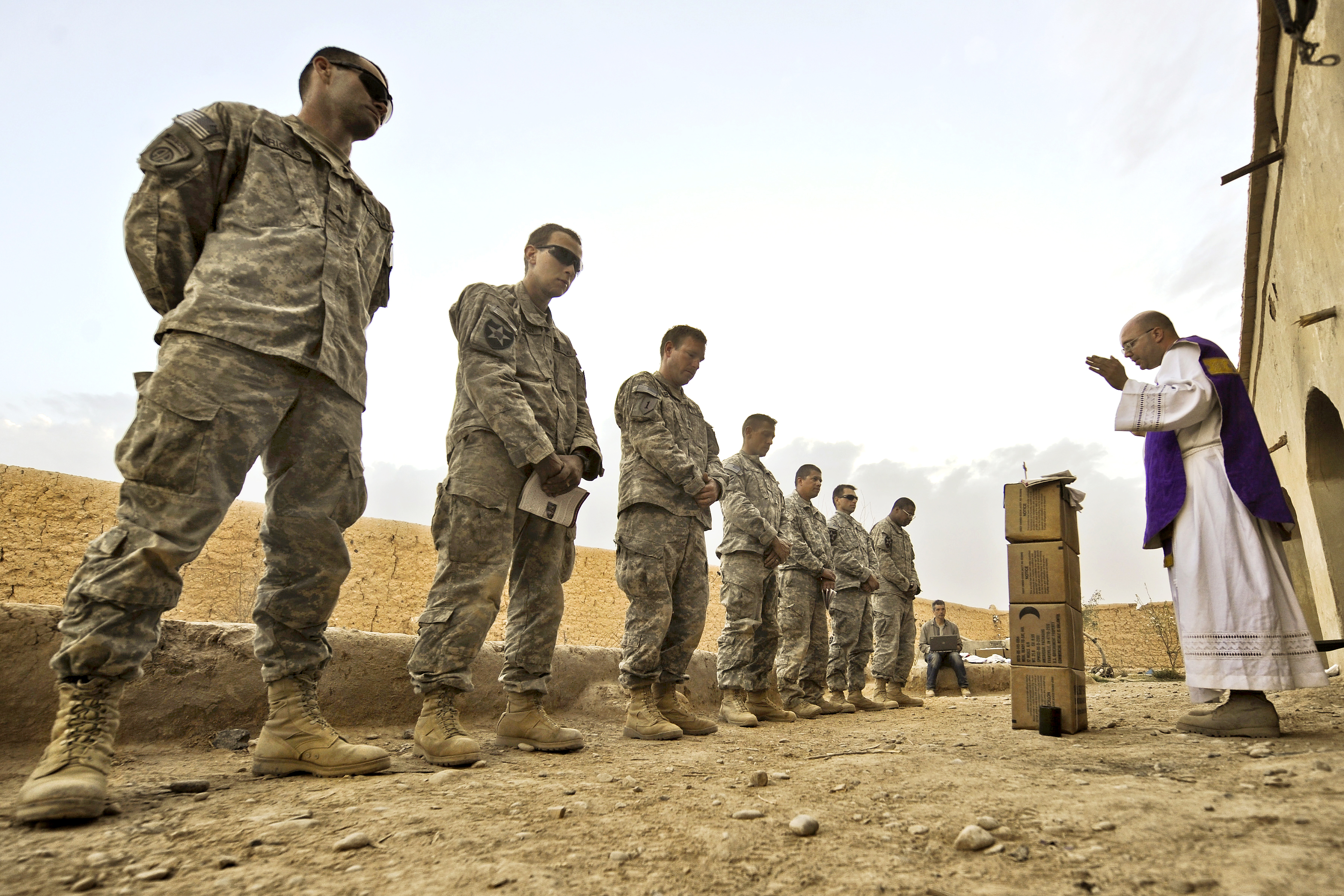
Posted on 07/31/2025 12:39:16 PM PDT by ebb tide
A newly published secular study found that Vatican II “triggered a decline” in worldwide Catholic Mass attendance relative to religious service attendance of other religions, including Protestant Christianity.
By examining the religious service attendance rates for 66 countries as far back as 1920, the National Bureau of Economic Research (NBER) found that “compared to other countries, Catholic countries experienced a steady decline in the monthly adult religious service attendance rate starting immediately after Vatican II” in 1965, the final year of the council.

Catholic countries were defined as those with a Catholic population of 50% or greater and included nations such as Ireland, Italy, Austria, France, Brazil, the Philippines, and Mexico.
A graph representing the researchers’ data shows that monthly religious service attendance in Catholic countries decreased by at least 20 percentage points relative to that of all other countries as well as relative to “Christian” countries, with a significant decline seen first in the period from 1965 to 1974. Mass attendance in Catholic countries fell on average by four percentage points per decade from 1965 to 2015.
These findings accord with those of French historian Guillaume Cuchet, who in 2022 published an analysis that found 1965, the year the Second Vatican Council ended, marked the beginning of the “collapse” of the practice of Catholicism in France.
As Phil Lawler has noted, the findings of NBER regarding Vatican II’s effects on Mass attendance are noteworthy because NBER is a “heavyweight” economic research institution with “no dog in the fight” of Catholicism’s internal debates.
While NBER has not investigated what it was specifically about Vatican II that precipitated the steep worldwide drop in Mass attendance, its researchers have cited several potential factors proposed by author Andrew Greeley, including changes to the Mass itself, a new ecumenical outlook on other religions, and the abolishing the requirement of certain practices such as abstinence from meat on Fridays.
Significant changes to the Mass itself began with the implementation of The First Instruction on the Proper Implementation of the Constitution of the Sacred Liturgy, Inter oecumenici, on March 7, 1965. While it aimed to make the Mass more “accessible” and palatable, its changes would have come across as foreign and even as a shock to a number of Catholics for whom the Mass had remained virtually unchanged their entire life.
For example, Inter oecumenici stipulated that “the main altar should preferably be freestanding, to permit walking around it and celebration facing the people.” This itself is a radical change, since it imposed a literal 180-degree reversal of the very orientation of the Mass.
Already in 1965, Psalm 42 at the beginning of the Mass, and the Last Gospel and Leonine prayers at the end were suppressed; the congregation was to recite the Our Father together with the priest; the lessons, epistle, and gospel were to be read or sung facing the people; in non-solemn Masses, laypeople were to “read the lessons and epistles with the intervening chants” as the priest sat and listened; Mass-goers were to say “Amen” before receiving Holy Communion.
As the French historian Cuchet noted in reference to declining Mass attendance, while these changes in ritual may seem “secondary to intellectuals,” they “are actually psychological and anthropological determinants.”
While liturgical changes would have been the most vivid and palpable of Vatican II’s effects for most Mass-going Catholics, researchers have argued that Vatican II’s apparent doctrinal shift should not be discounted.
“The explicit questioning of centuries-old doctrines, such as the forbidding of birth control, may have shattered the perception of an immovable, truth-holding Church and replaced it with a model whereby individuals had a more direct relationship with God and were, therefore, less dependent on the Church and its formal services,” noted the researchers, echoing Greeley.
While the Church went on to uphold its ban on contraception, it was leaked to the press in 1967 that a significant majority of the members of Pope Paul VI’s commission on birth control, including 60 of 64 theologians and nine of 15 cardinals, supported lifting the ban.
While the Catholic Church cannot change doctrine, Vatican II was unique in Church history for ambiguous statements that gave the widespread impression that the Church had changed its teaching. For example, Unitatis Redintegratio said it is sometimes permissible to hold common worship with non-Catholics, whereas at least three Church councils have explicitly prohibited praying in common with heretics.
For Catholics who may not have been keeping abreast of the changes of the Vatican II documents, the slew of changes in practice, such as the abandonment of certain devotional prayers and the “sudden silence” on the Four Last Things during sermons (Death, Judgment, Heaven and Hell) may have similarly given the impression that the Church had undergone a substantial change in teaching. As Dr. John Pepino put it, while summarizing the research of Cuchet, “An institution that admits to having been wrong yesterday may well be wrong today, too.”
Ping
Dominus vobiscum.
Et cum spiritu tuo.
Ate Spreeto San toe.
Women at the Podium...shake hands with your neighbor, a geetar...No more statues...I quit when this all started and I’m glad I did. It is no longer a place of peace and quiet...they’ve turned the Mass into a social event.
I was suspicious of a 2000 year old religion that thought it needed to change anything . I mean hadn’t they worked it all out by then?
So how old is your particular “religion”?
I'd rather fight than quit. That's what the martyrs did.
Exactly. The Priest became a mere observer instead of leading the people to Christ
You lasted longer than I did. Left when Latin wasn’t used. I studied Latin for a couple of years at college, glorious language that carries the mystery of consecration far better than English..
No more statues?
If I want a social event church, I have three within walking distance, one with very nice people and a smart minister.
So where did you go after you left?
How can anyone who understands truly the Eucharist, and who loves Jesus, ever leave the Church? Like St. Peter said, To whom should we go? (Jn 6:68). Peace.
The Holy Spirit will cause a decline once people become born again from above. That’s what happened to me. The discernment of the Holy Spirit.
The Holy Ghost needs to use “discernment”?
You sound like Pope Francis and his unholy “sin-nods”.
Just now they are figuring this out?
So how old is your particular “religion”?
Two thousand twenty five years old. I was 9 when that rumination flitted thru my brain. All these years later I still don’t get it.
Sometimes it's not possible; but that didn't keep these young men from "leaving", like you have done. They were not only U.S. soldiers, they were soldiers of Christ.




This last photo, above, is of Catholic Mass with soldiers from Alpha Company, 1st Battalion, 17th Infantry Regiment in Badula Qulp, Afghanistan (February 21st, 2010)
The Mass was not in Latin and there were no statues; but these men did not leave as you have.
Disclaimer: Opinions posted on Free Republic are those of the individual posters and do not necessarily represent the opinion of Free Republic or its management. All materials posted herein are protected by copyright law and the exemption for fair use of copyrighted works.